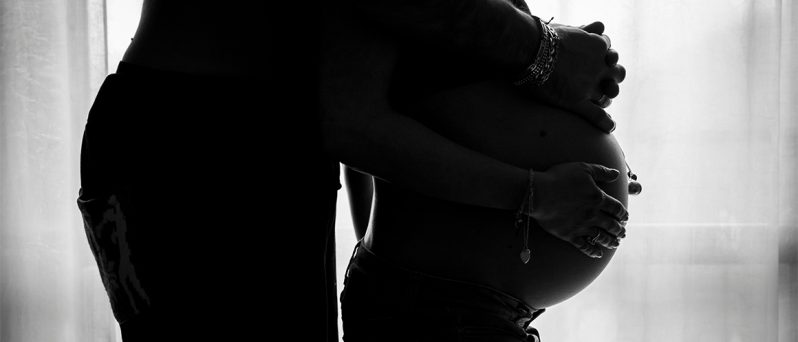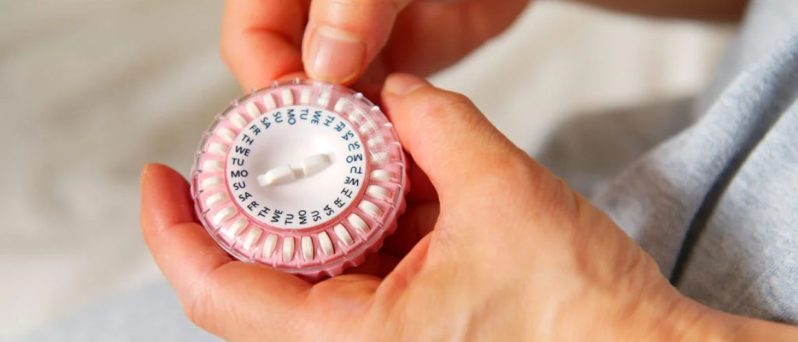We’re all familiar with the common PMS symptoms, and know the monthly feeling of PMS taking over your life. But for some people with periods, the symptoms can be extreme. PMDD can have a serious impact on your life, so here’s what it is, the symptoms to look out for, and what to do if you think you might have PMDD.
What is PMDD?
PMDD stands for Premenstrual Dysphoric Disorder. It’s a more severe form of PMS (Premenstrual Syndrome) that can cause physical and emotional symptoms similar to, but more extreme than, PMS. While research is not yet conclusive, it’s thought that the cause of PMDD is the fluctuations in hormones during the lead up to your period. As oestrogen and testosterone levels change, they can cause change in your levels of serotonin too.
What are PMDD symptoms?
The symptoms of Premenstrual Dysphoric Disorder can be both psychological and physical, these include some of the following:
Mental PMDD symptoms:
- Mood swings
- Feeling sad, upset, or tearful
- Feeling angry or irritable
- Feelings of anxiety or experiencing panic attacks
- Feeling hopeless, overwhelmed, or out of control
- Feelings of tension, being on edge, or experiencing paranoia
- Difficulty concentrating, shortened attention span, or forgetfulness
- Lack of energy or interest in relationships and activities you normally enjoy
- Finding it hard to avoid or resolve conflicts with people around you
- Suicidal thoughts and feelings
Physical PMDD symptoms:
- Breast swelling and tenderness
- Pain in your muscles and joints
- Muscle spasms
- Headaches and dizziness
- Feeling bloated
- Changes in your appetite such as overeating or having specific food cravings
- Trouble sleeping or restlessness
- Acne
- Back pain
- Gastrointestinal issues, including constipation, diarrhoea, nausea, or vomiting
- Stomach cramps or period pains
- Heart palpitations
- Reduced sex drive
These symptoms might sound similar to those of PMS, however, the difference between PMS and PMDD comes down to the severity of these symptoms. If your pre-menstrual symptoms are getting in the way of your daily life each month, negatively affecting your work, relationships, education, or general quality of life, you might have PMDD.
What to do if you think you have PMDD
If you think you might have PMDD, it’s a good idea to track your period, either using a period tracking app or manually. Keep note of all your symptoms and track your cycle for a few months so that you start to see whether there’s a pattern in your symptoms.
You can also see a doctor about your symptoms. While there is no test for PMDD, your doctor may be able to rule out other conditions with similar symptoms like endometriosis, fibroids, and menopause.
Tip: Take your cycle tracking with you to show your doctor so that they can see the same patterns you’re seeing.
Treating PMDD
There are several options for PMDD treatment that you can discuss and explore with your doctor, including natural and medical options.
Natural remedies for PMDD
Some lifestyle changes can help to naturally ease PMDD symptoms. These might include:
- Engaging in frequent exercise
- Practising yoga or meditation to manage stress
- Limiting alcohol and caffeine consumption
- Eating well with plenty of protein and complex carbohydrates
- Seeking help through therapy
- Taking hormone regulating supplements or herbal therapies, such as evening primrose oil or magnesium
PMDD medication
Your doctor may also discuss some medical options with you. These might include:
- Anti-depressants (SSRIs)
- Some types of hormonal contraception
PMDD is a serious condition that we encourage you to seek help with if it’s getting in the way of your life. If you’d like to talk to Natracare about the symptoms, or how to approach your doctor, you can DM us on Facebook or Instagram.












